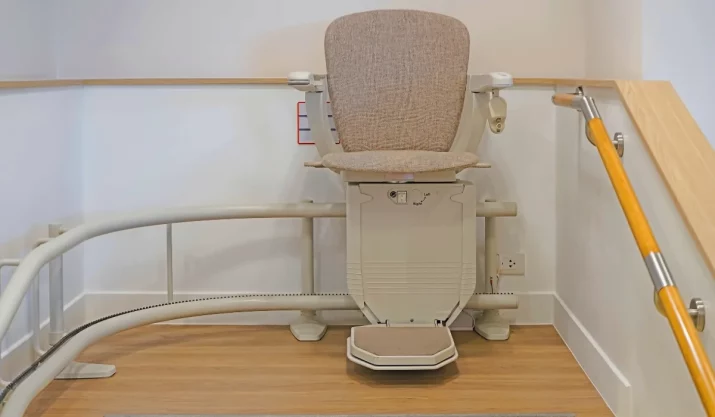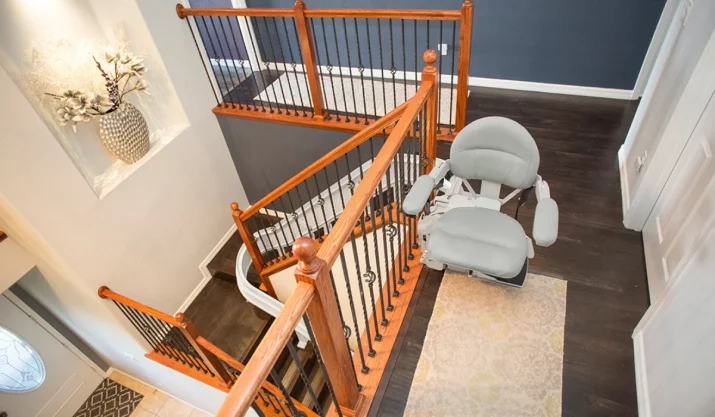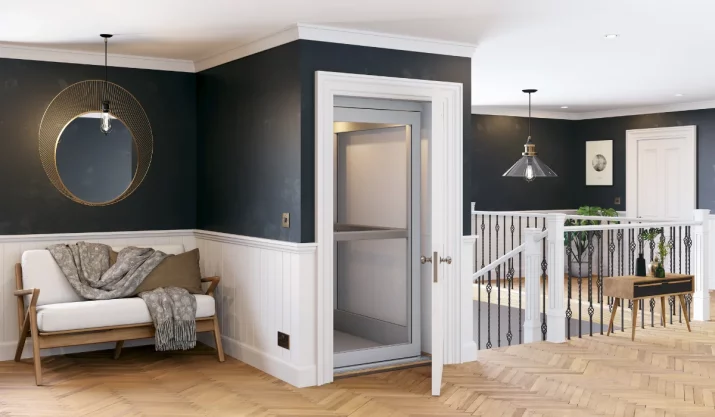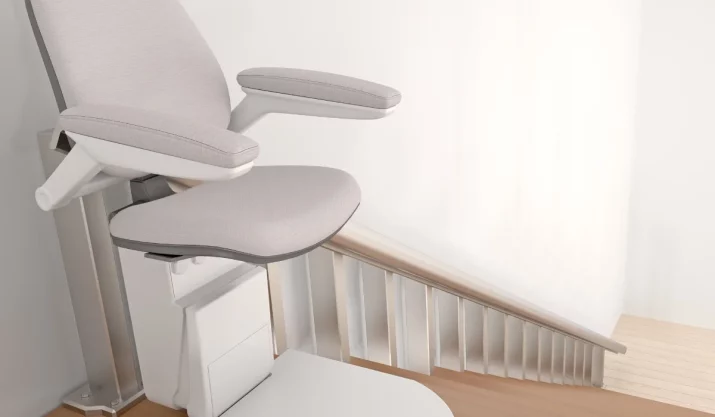Regain Your Independence: Choosing the Right Indoor Stair Lift in California

Table of Contents
- Key Takeaways
- Start With Your Staircase Type
- Evaluate the Stair Lift’s Safety Features
- Understand Weight Capacity and Comfort
- Prioritize Compatibility With Your Home’s Layout
- Consider Your Long-Term Mobility Needs
- Research the Top Stair Lift Brands
- Confirm What’s Covered (And What’s Not)
- Choose a Local Expert for Stair Lift Installation
- Regain Your Independence With Help That Understands California Homes
For many Californians with limited mobility, the stairs inside their homes can start to feel like a daily mountain. Whether you’re a senior who wants to stay in your home longer or a family member helping a loved one maintain their freedom, the right indoor stair lift can make all the difference.
This guide walks you through what to consider when choosing a stair lift in California so you can make a confident, informed decision.
And more importantly, so you or your loved one can safely stay independent right where you belong: at home.
Key Takeaways
- The kind of staircase in your California home decides whether you need a straight or curved stair lift.
- Safety features like seat belts, footrests, and backup batteries matter most when stairs become harder to use safely.
- Weight capacity, seat comfort, and trusted brands like Bruno help match the lift to your long-term mobility needs.
- Most insurance won’t pay for stair lifts, but local installers offer quotes, help with options, and professional setup.
Start With Your Staircase Type
Your staircase will determine what type of stair lift you need.
If your stairs run straight without any turns, a straight stair lift is typically your most affordable and straightforward option. On the other hand, if you have landings, curves, or a spiral layout, you’ll need a curved stair lift with a custom rail design that fits your staircase perfectly.
In California, many older homes—especially in places like Pasadena, San Francisco, and San Diego—have unique or split-level architecture. That means a curved stair lift or custom solution might be more common than you’d think.
A local stair lift company with experience in California homes can evaluate your staircase and recommend the right type.
Evaluate the Stair Lift’s Safety Features
When safety is the reason you’re getting a stair lift in the first place, it’s worth investing in the features that make daily use safe and reliable.
Look for essential safety features like a seat belt, swivel seat, armrests, a power footrest, and obstruction sensors. California building codes and local terrain (think earthquakes and power outages) make some of these features especially important.
Battery-powered stair lifts are a smart choice in earthquake-prone regions because they’ll still function during a power outage. Look for models with a limited lifetime warranty and smooth ride technology for peace of mind.
Understand Weight Capacity and Comfort
Before buying a stair lift, check its weight capacity. Most standard models support around 300 pounds, but there are heavy-duty options with higher lift capacity.
Beyond weight limits, think about seat width, cushioning, and adjustability.
If multiple family members will use it, or if the user has fluctuating health needs, a chair with adjustable armrests and a power swivel seat makes daily use much more comfortable and accessible.
Prioritize Compatibility With Your Home’s Layout
Beyond the stairs themselves, think about the surrounding area.
- Are the stair treads deep enough?
- Is there enough space at the top and bottom landings?
- Do you need the seat to fold up to keep the hallway clear?
Homes in California often have narrow hallways or split-level landings that weren’t built with mobility needs in mind. In-home evaluations can help spot these challenges early.
Companies like California Mobility specialize in tailoring solutions for local homes, including narrow staircases and multi-flight layouts.
Consider Your Long-Term Mobility Needs
You might be shopping for a new stair lift because of a recent injury, but think about what you’ll need months—or years—down the road. Choosing a high-quality model now can save you from having to replace or upgrade it later.
Features like remote controls, foldable footrests, and smooth start-and-stop motion make a difference over time.
If your mobility continues to change, you’ll want a stair chair lift that adjusts with you, not one that needs replacing.
Research the Top Stair Lift Brands
The best stair lift for you will depend on your home, budget, and needs, but some brands consistently receive top stair lift reviews.
Bruno stair lifts are widely trusted, especially the Bruno Elan and Bruno Elite models for indoor use. It offers a limited lifetime warranty and builds all its lifts in the U.S.
Harmar and AmeriGlide are also reputable options.
For homes with curved rail needs, Bruno’s Helix curved stair lift offers a sleek design and reliable performance. Local dealers in California often carry these brands and can help you compare them side by side.
Confirm What’s Covered (And What’s Not)
Unfortunately, Medicare and most private health insurance plans don’t typically cover the cost of a stair lift. However, some long-term care policies or VA benefits may contribute depending on eligibility.
In California, it’s worth checking with county-level aging programs or state disability resources to see if funding assistance is available.
A free quote from a local stair lift provider can give you a clearer idea of the full cost, installation, and potential payment plans.
Choose a Local Expert for Stair Lift Installation
Professional installation isn’t just about drilling in a straight rail. It’s about ensuring the stair lift works reliably every single time, especially in a state with earthquakes, brownouts, and temperature swings.
A licensed California installer will be familiar with the local permitting process and safety regulations. It can ensure your installation meets those standards.
If you’re installing for a parent or aging family member, ask if in-home consultations are available. It can be a great way to involve them in the process and make sure the lift meets everyone’s expectations.
Regain Your Independence With Help That Understands California Homes
Your home is more than walls and stairs. It’s your independence.
And when mobility challenges start interfering with daily life, a stair lift can restore that freedom in a way that’s safe, practical, and dignified.
At California Mobility, we specialize in helping Californians age in place with confidence. Whether you need a straight stair lift, a custom curved rail, or a professional installation that works with the unique layout of your home, we’re here to help.
Want to make your home safer and more accessible? Schedule a free in-home consultation with a local expert who understands California homes.








